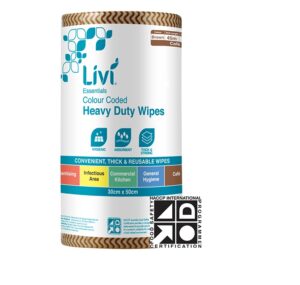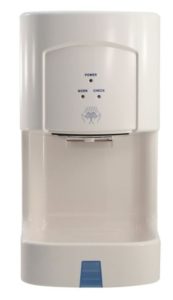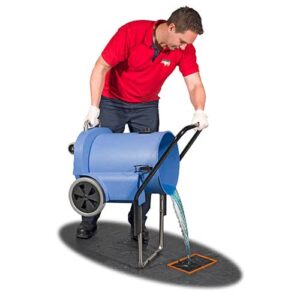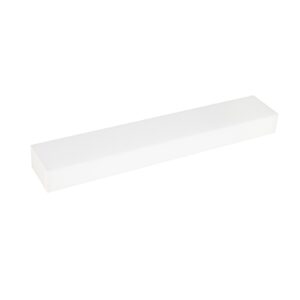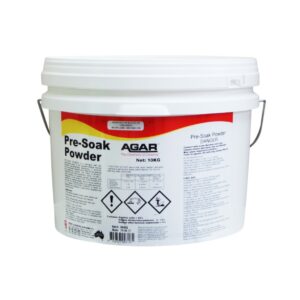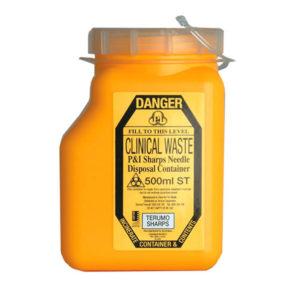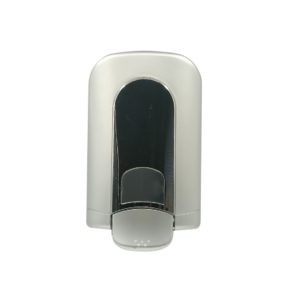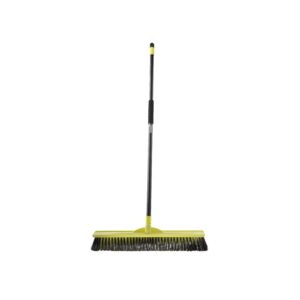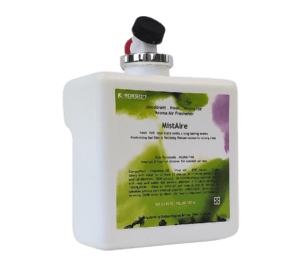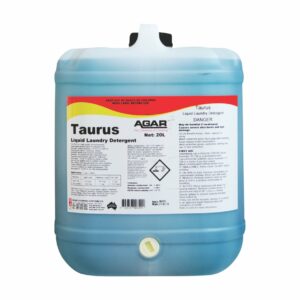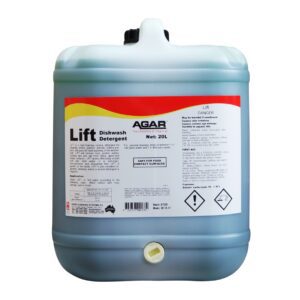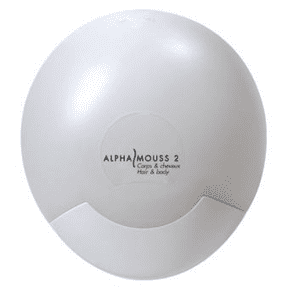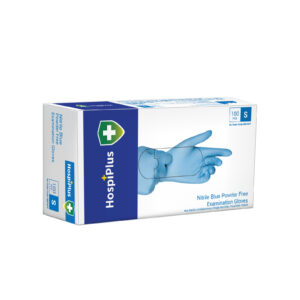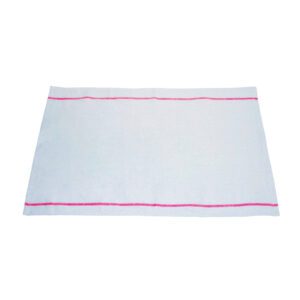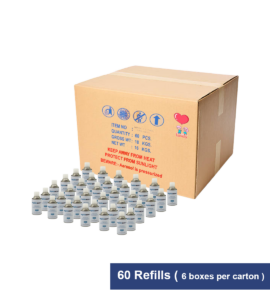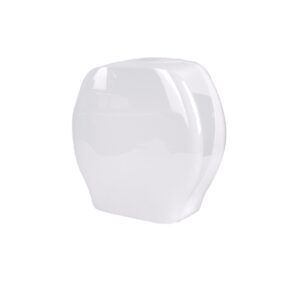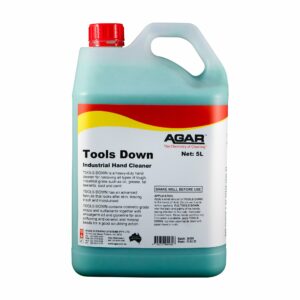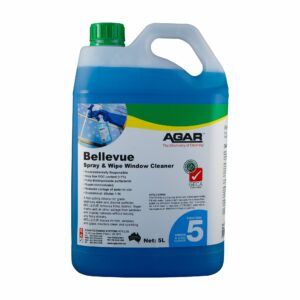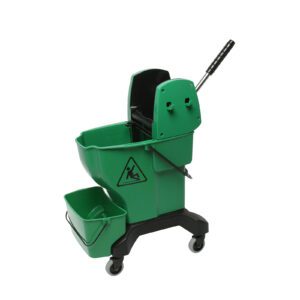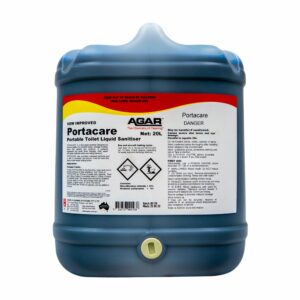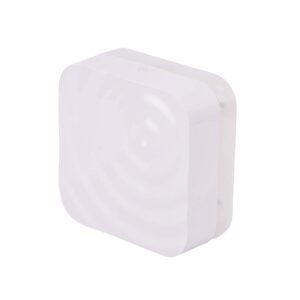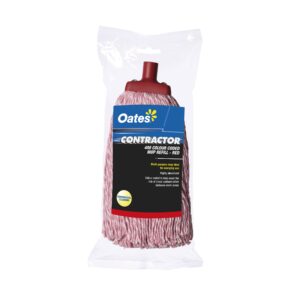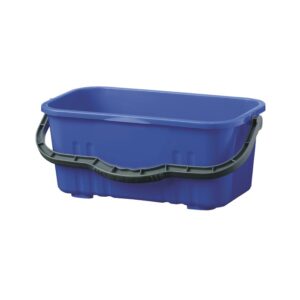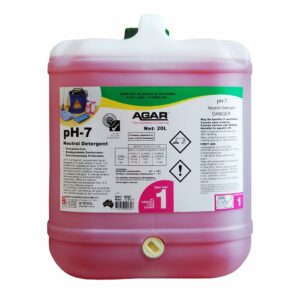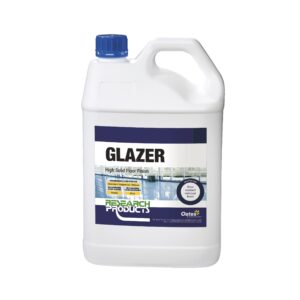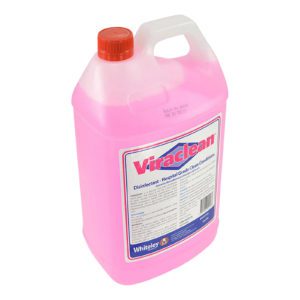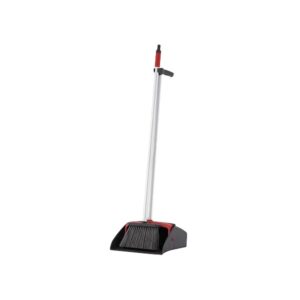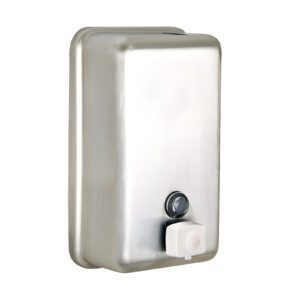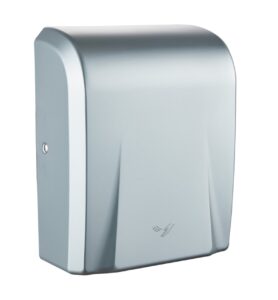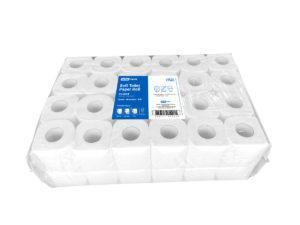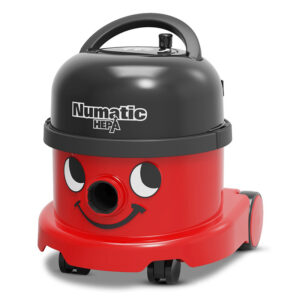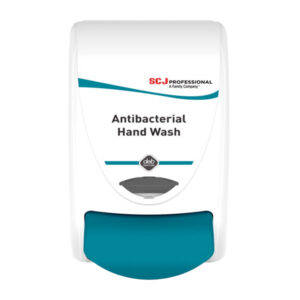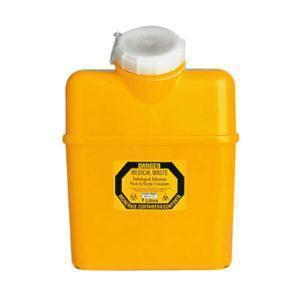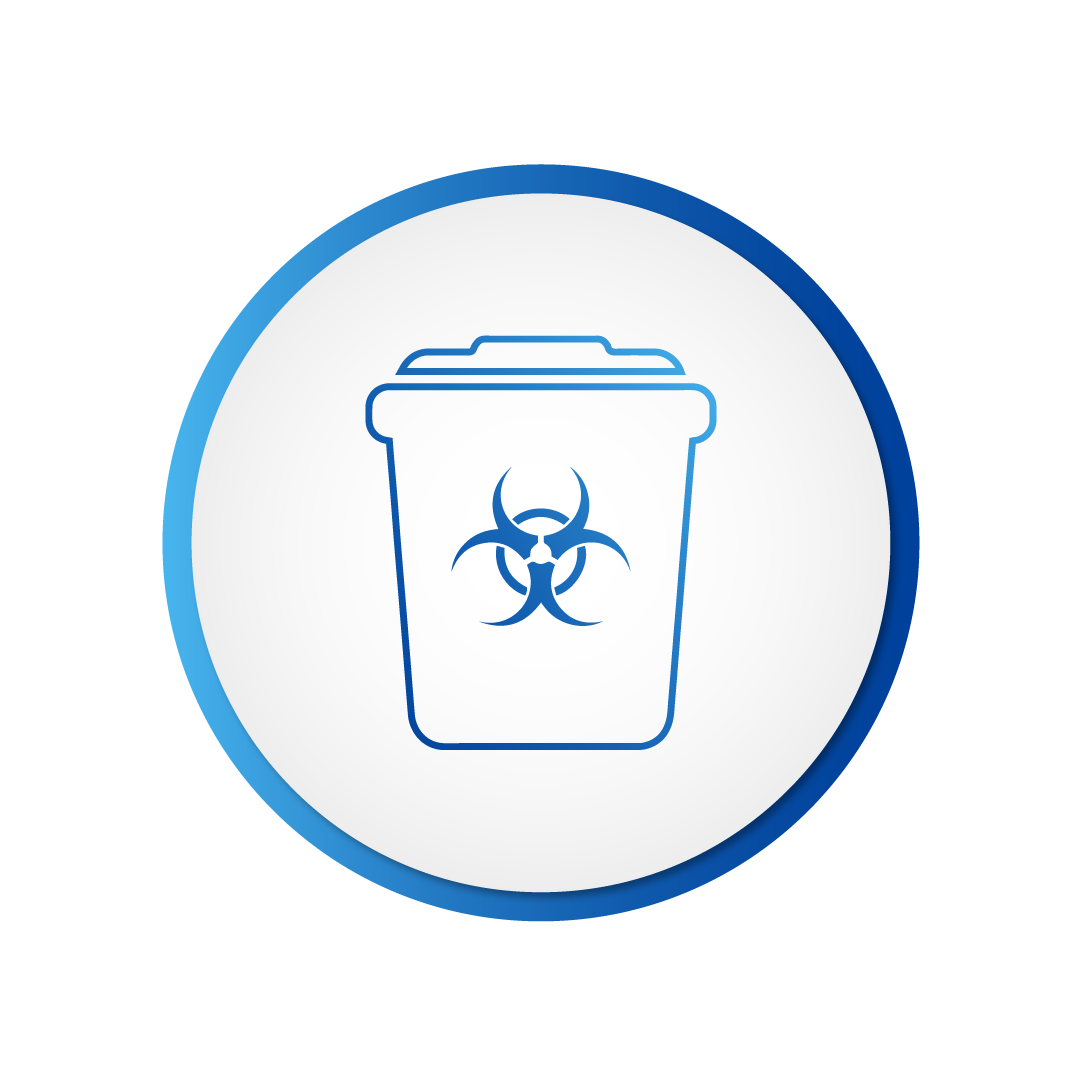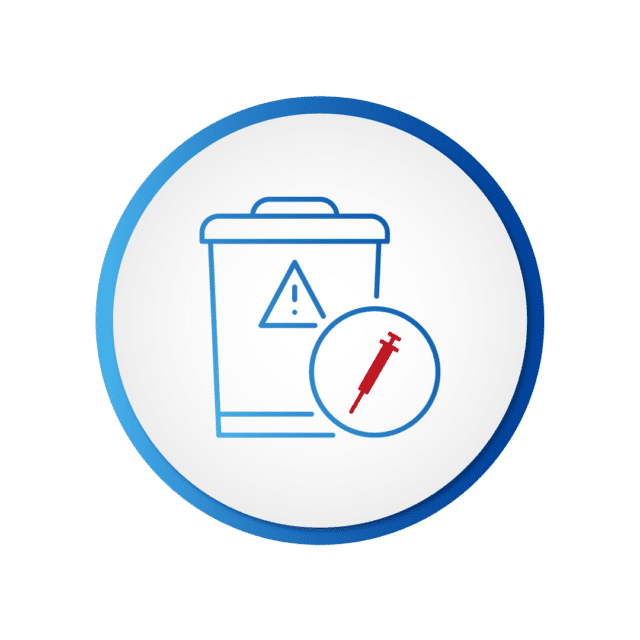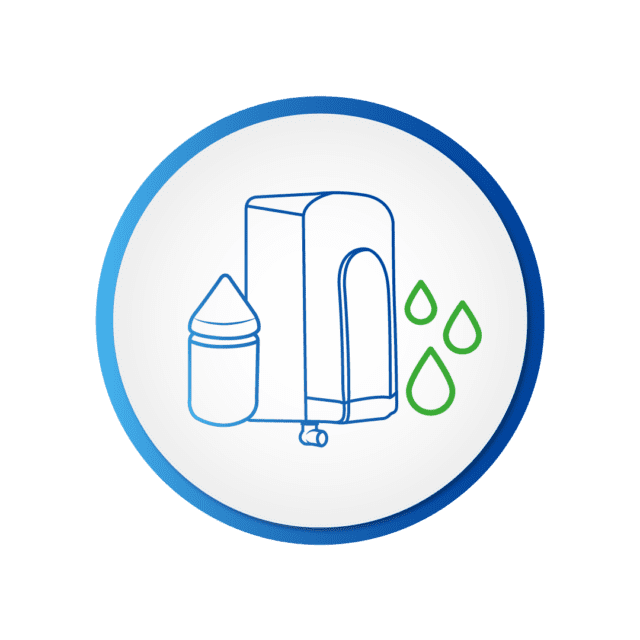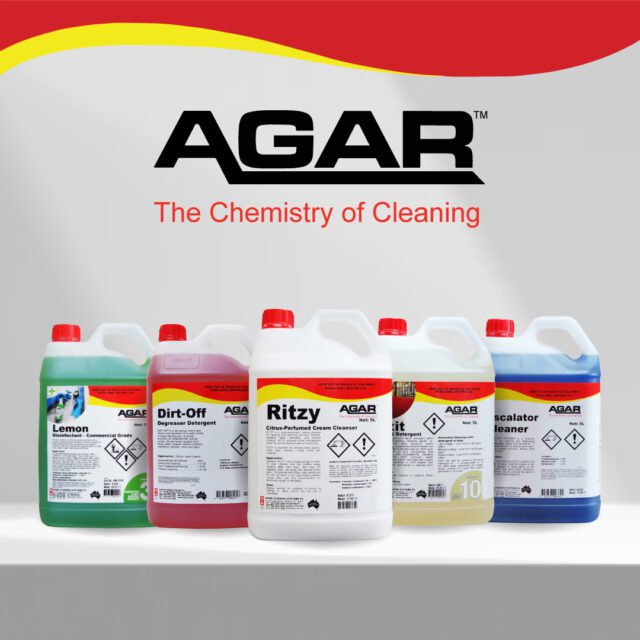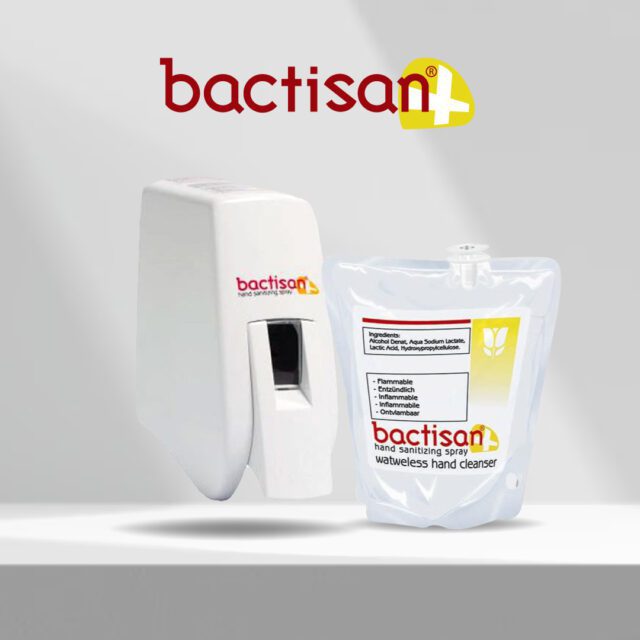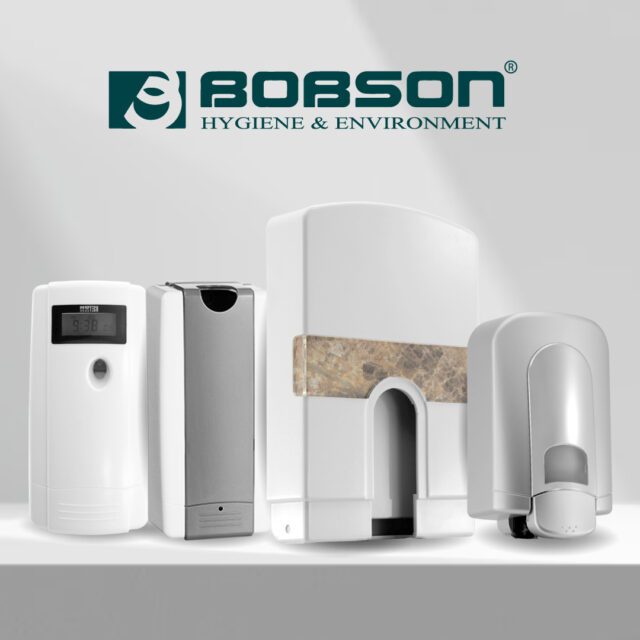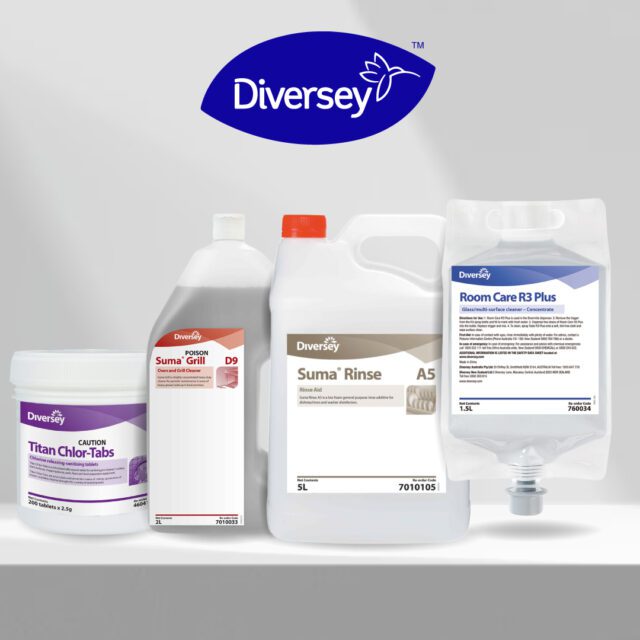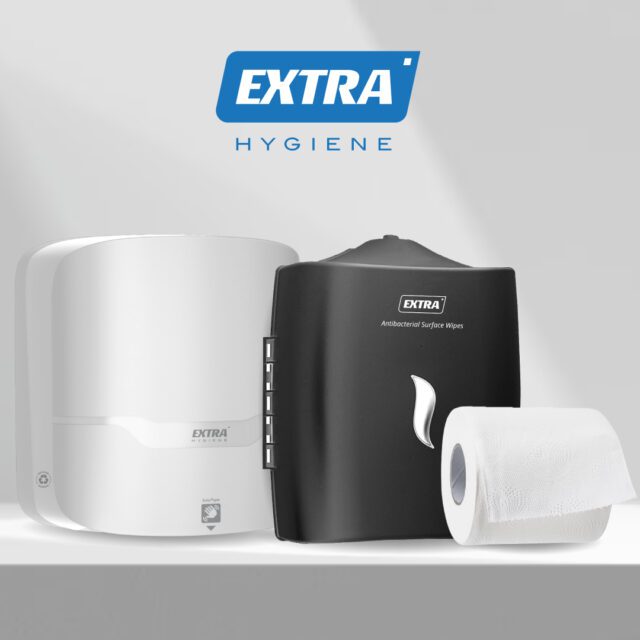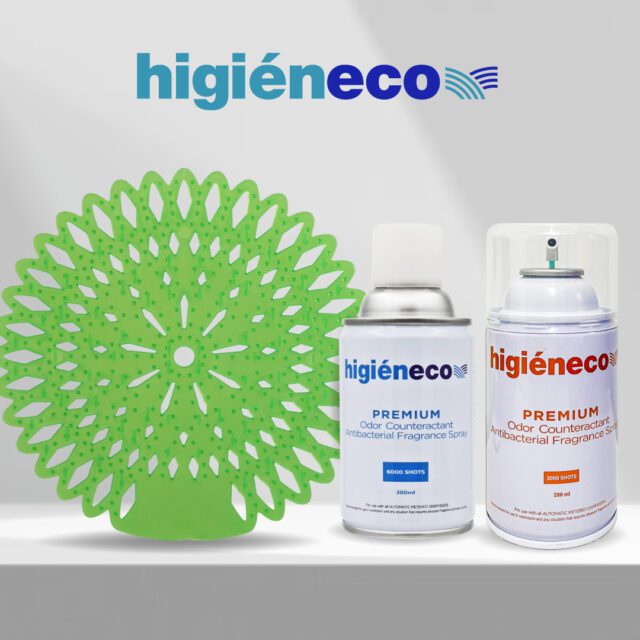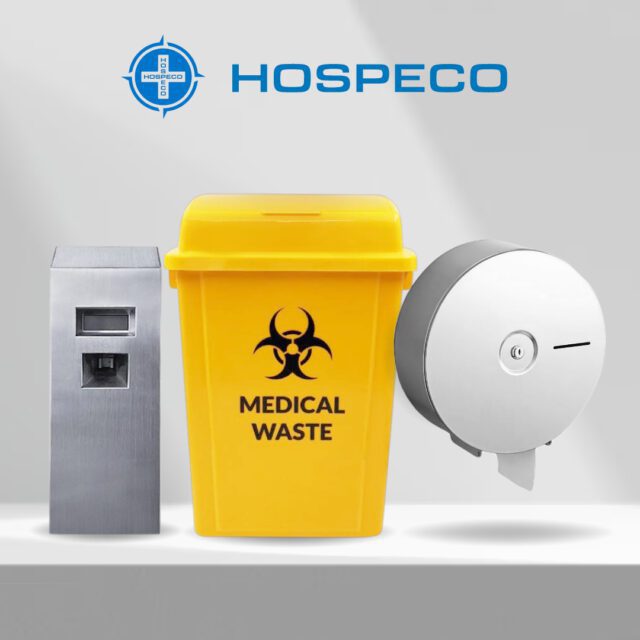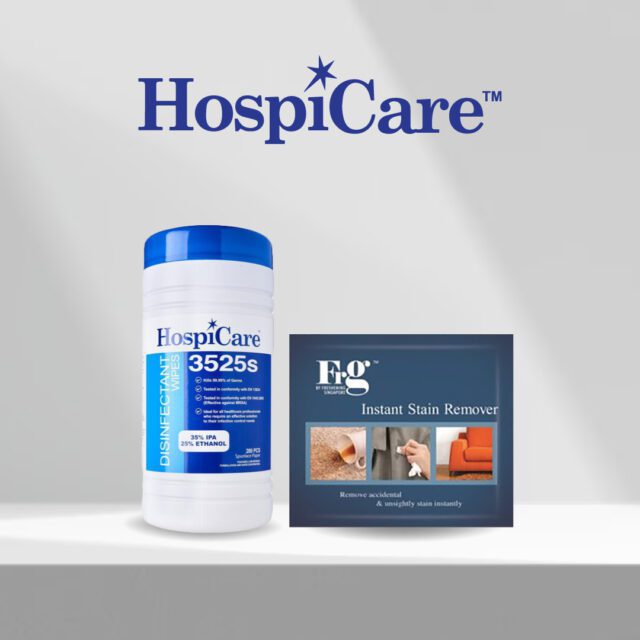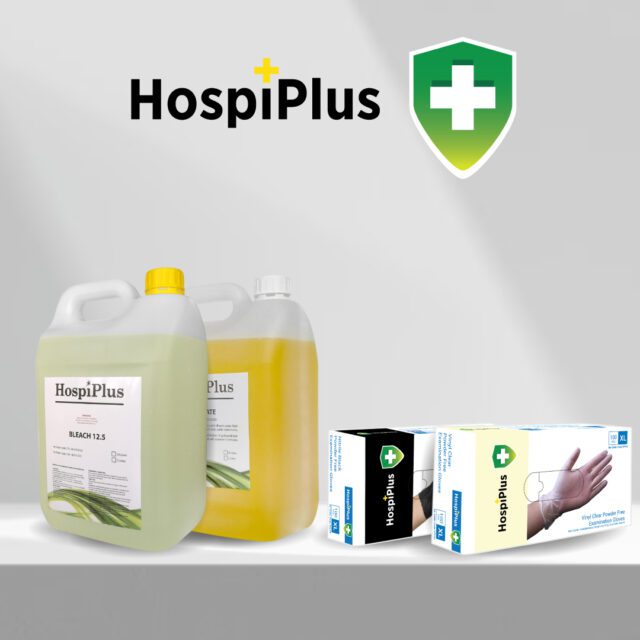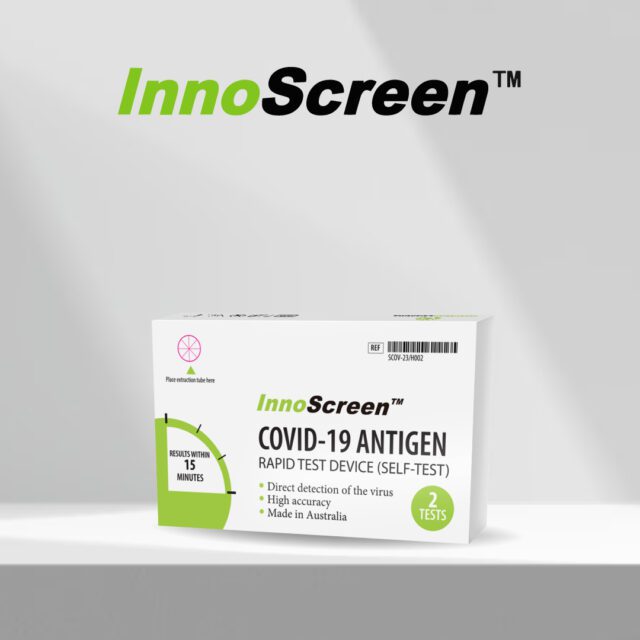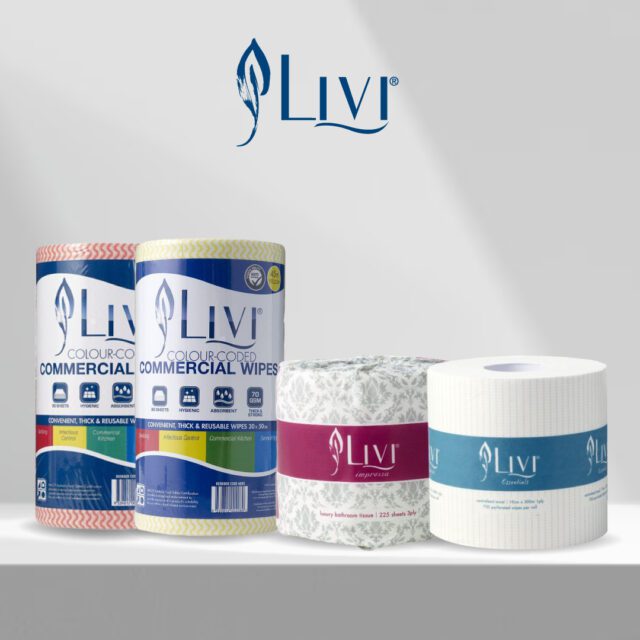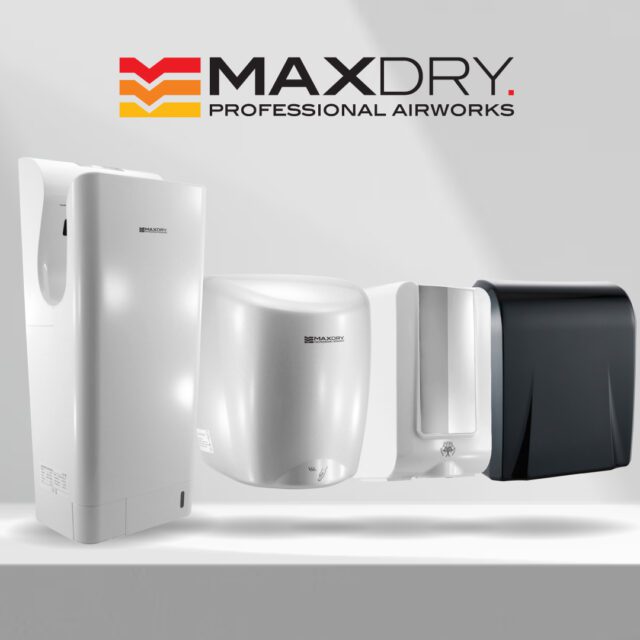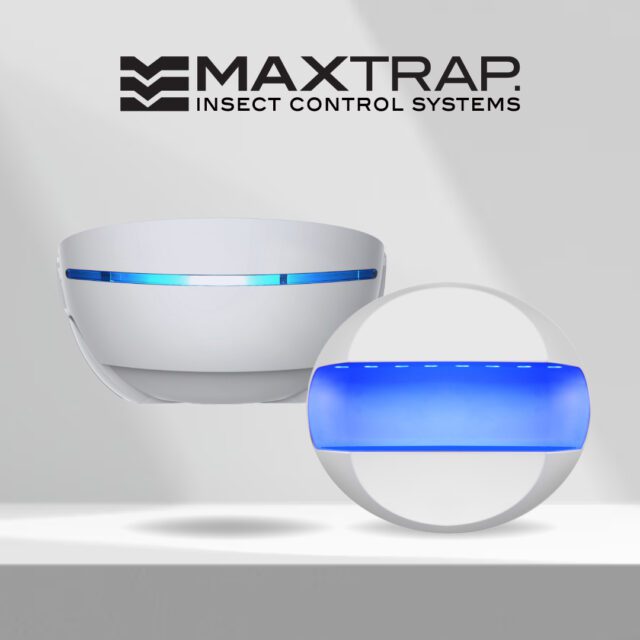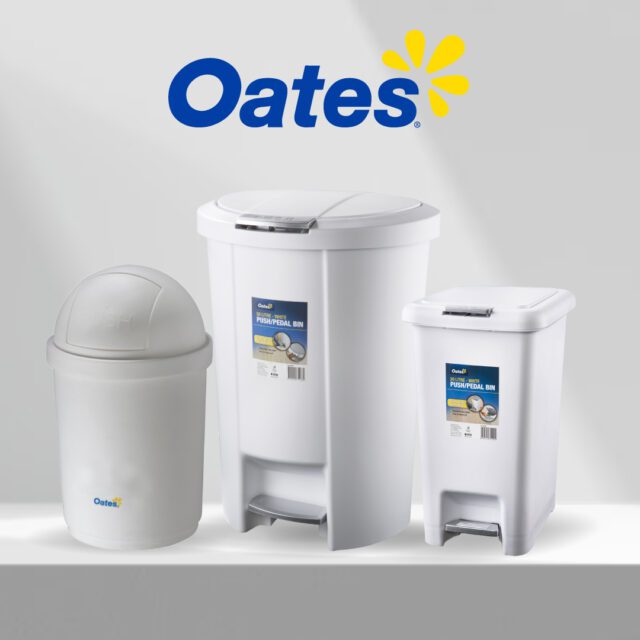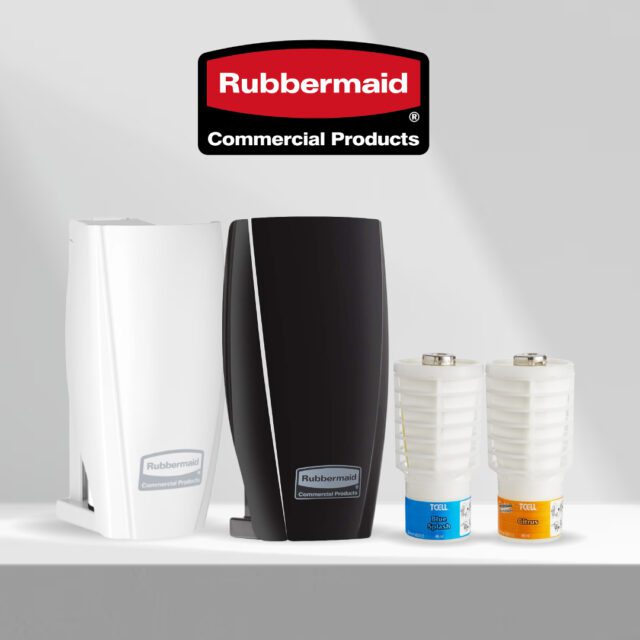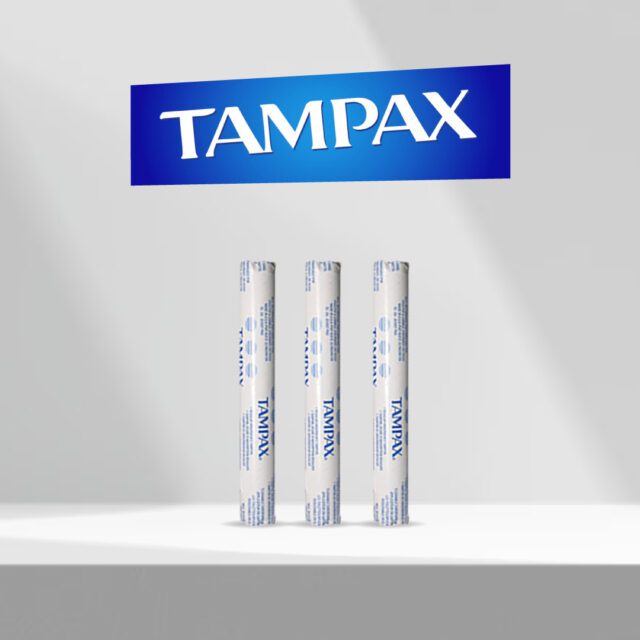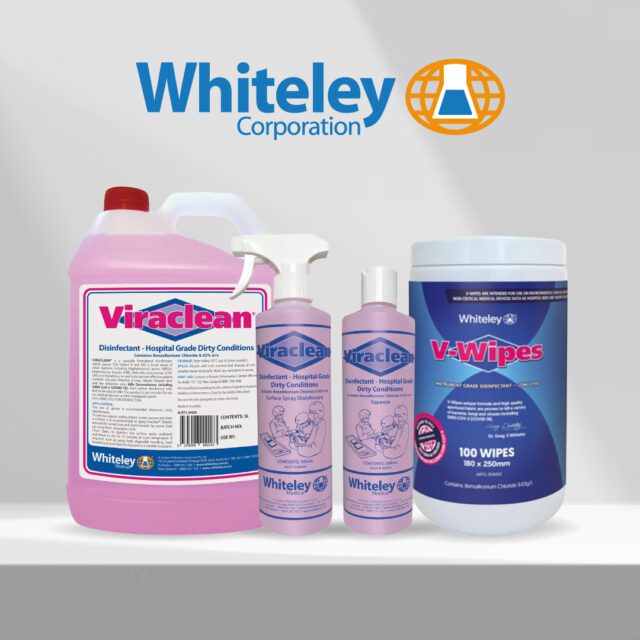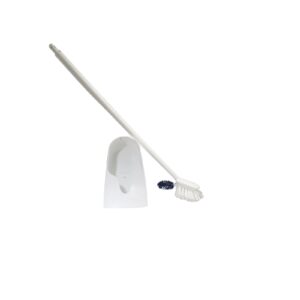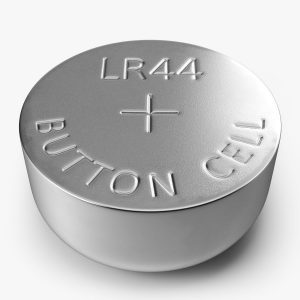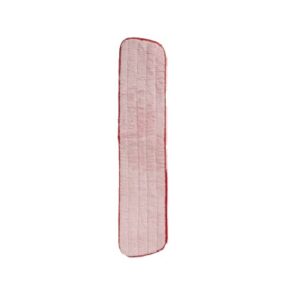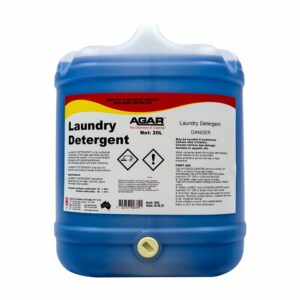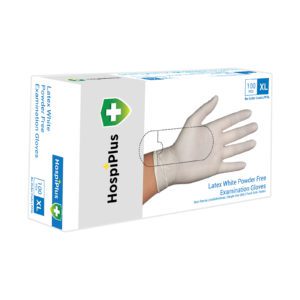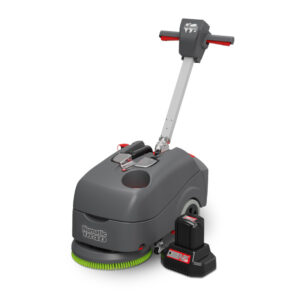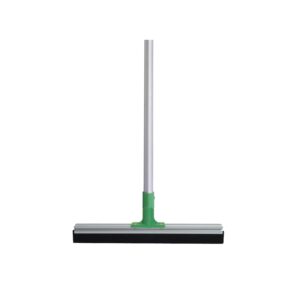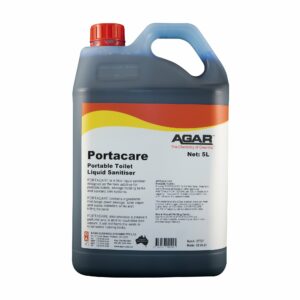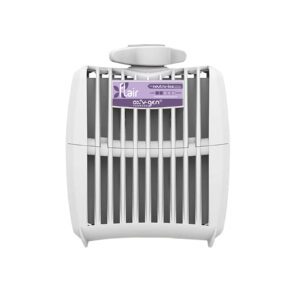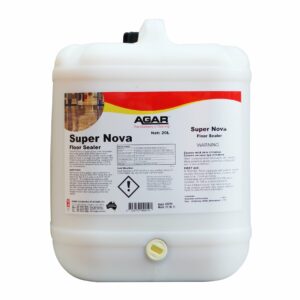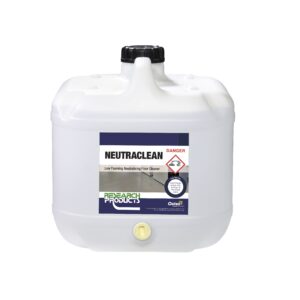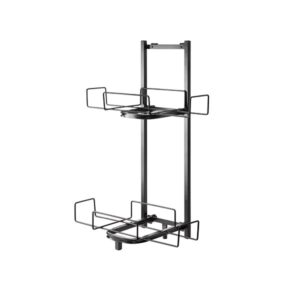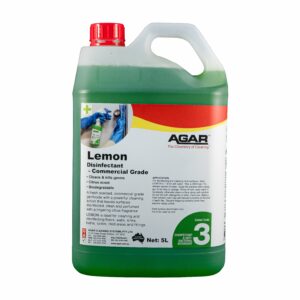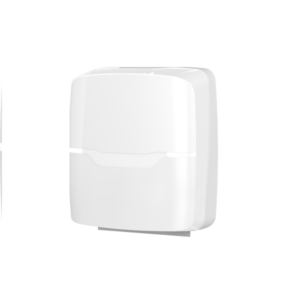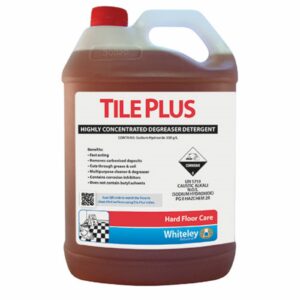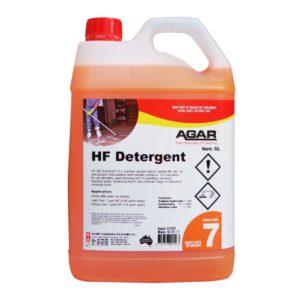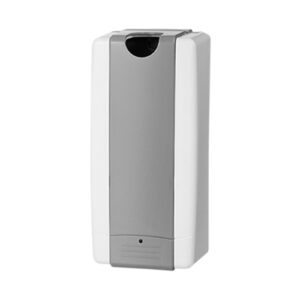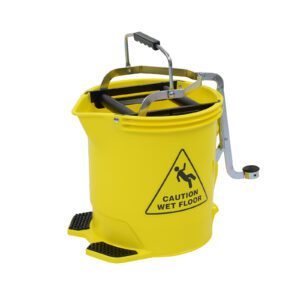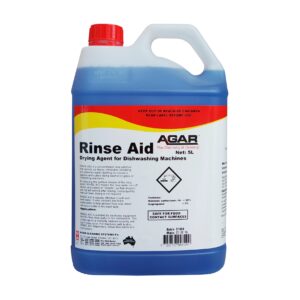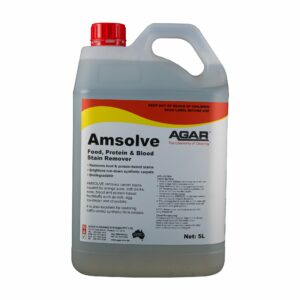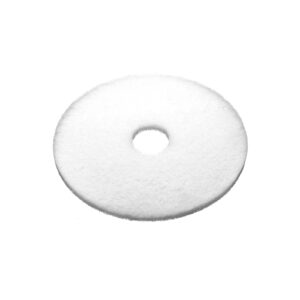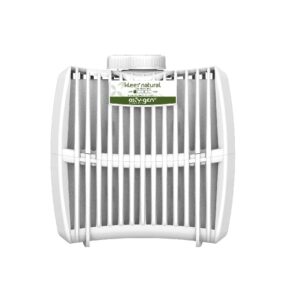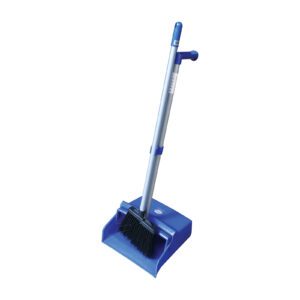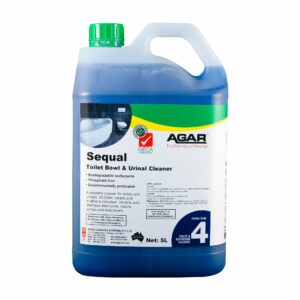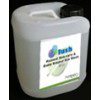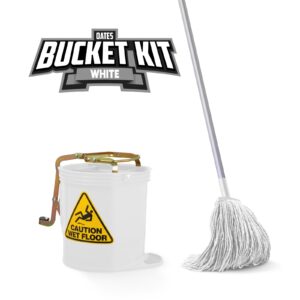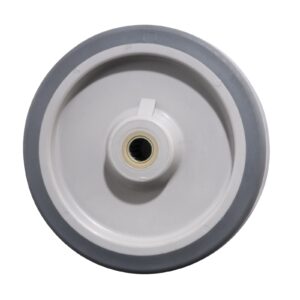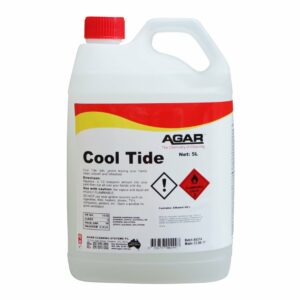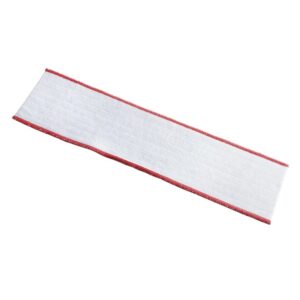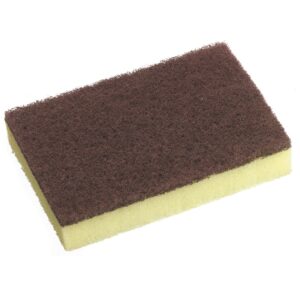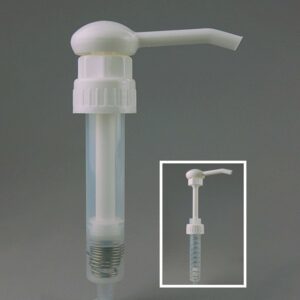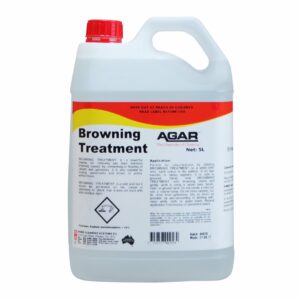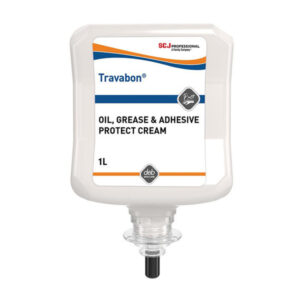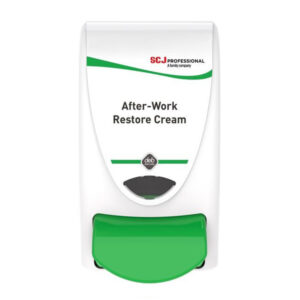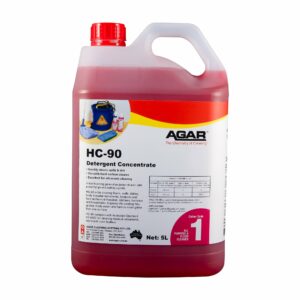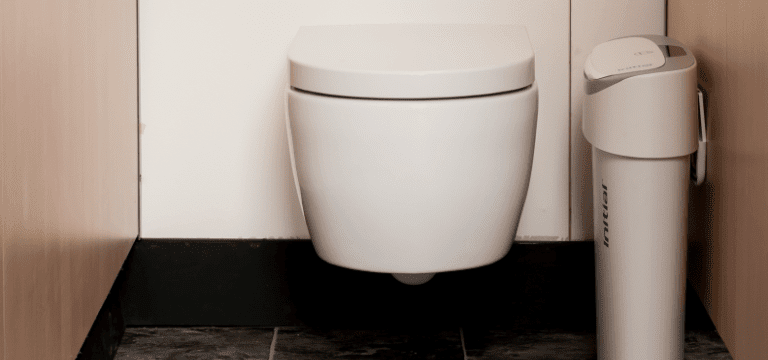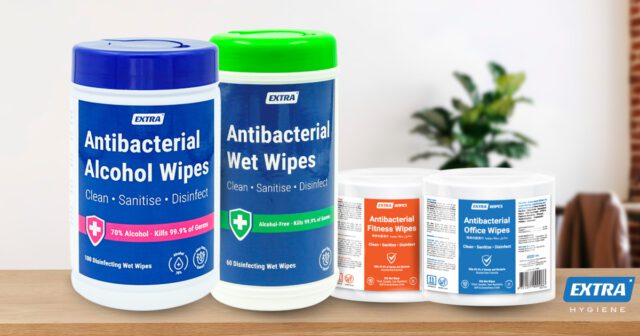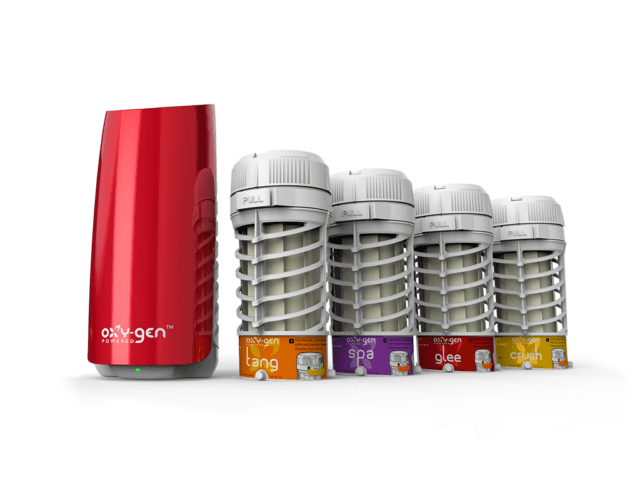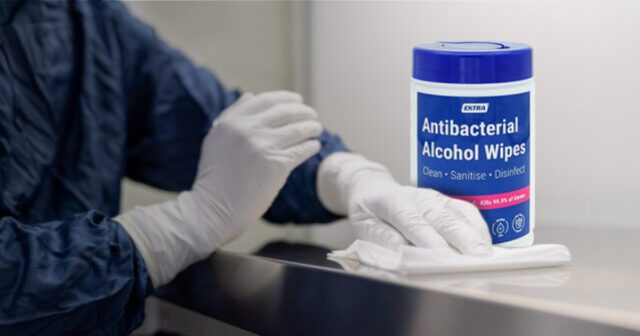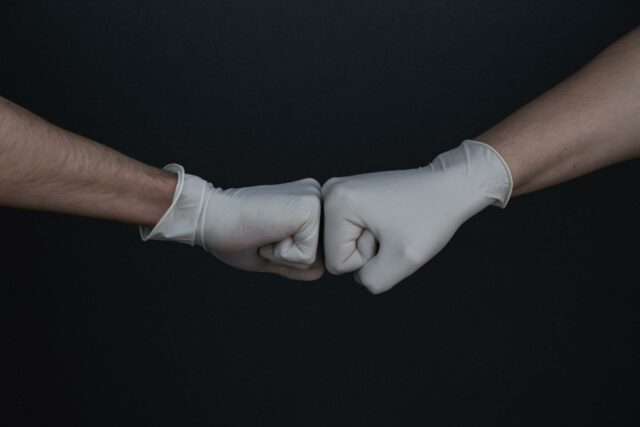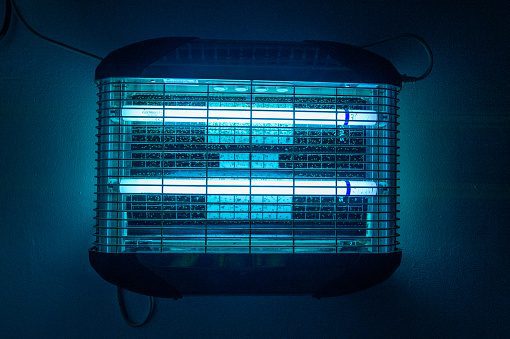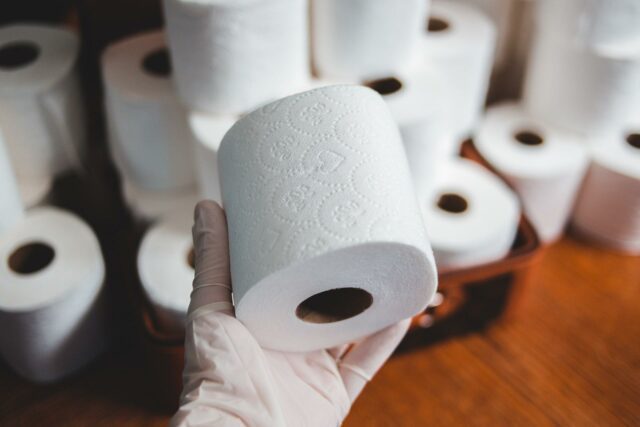Posted on 11/12/2021
Hospital Waste Management Guidelines
Health-care activities help to maintain and restore health while also saving lives. However, they produce waste and by-products that need to be managed.
According to the World Health Organization:
- 85% of the waste caused by healthcare activities is non-hazardous.
- 15% of waste is a hazardous material that can be radioactive, infectious, or chemical.
First, let’s see what waste types are so that we can talk about the guidelines for hospital waste management.
- Sharps waste – it is a type of biomedical waste made up of used “sharps,” or any object that can pierce the skin, including blades, needles, syringes, glass, lancets, etc.
- Pathological waste – animal organs, tissues, body parts, etc.
- Infectious waste – disposable materials, blood and other bodily fluids, blood cultures, swabs, surgical gloves, etc.
- Chemical waste – batteries, spent solvents, anything polluted by chemicals, disinfectants, etc.
- Radioactive waste – hazardous waste that includes radioactive materials.
- Pharmaceutical waste – any drugs and vaccines that are expired, unused or can no longer be used.
- Cytotoxic waste – cytotoxic waste is waste connected with cytotoxic drugs that contain toxic compounds for cells.
- Non-hazardous waste – waste that is not biologically, chemically, radioactively, or physically hazardous.
Waste Management Guidelines
Now let’s dive into hospital waste management guidelines.
Waste management refers to the collection, transportation, processing, recycling, and disposal of waste products, most of which are generated by human activity, in order to decrease their impact on human health. Enforce proper waste management in your hospital or medical clinic by following these practices;
1. Apply Segregation
One of the first waste management guidelines is practising segregation for hospital waste. Nowadays, what is mainly seen in most healthcare institutions is that many hospitals’ waste management techniques include mixing all waste, including potentially contagious, general, construction debris, food, and other hazardous chemical items. Because of not following proper segmentation protocols and infrastructure, the waste of hospitals can be hazardous and infectious.
Waste must be segregated before treatment and disposal, regardless of the final strategy for waste management. To protect the health of healthcare employees, this is the most crucial action to take. Currently, hospitals are burning waste or depositing it in municipal containers that are transferred to unprotected dumps. The waste may contain mercury and other heavy metals that pose serious human health risks.
Applying segregation practices in hospitals, like separating chemical and biological waste will create a clean solid waste stream, which can, later on, be safely managed through waste management recycling and composting.
Here are some of the products hospitals should use:
- Sharps Containers – These are used for safely disposing of sharp medical instruments, such as needles, lancets, etc. Ensure that the container is not overfilled and read the label carefully.
- Clinic Waste Bags – For medical & clinical waste management, you can use these bags to safely dispose of any clinical waste caused by humans or animals. Each container has colour-coding for separating different waste.
Indiscriminate disposal of sharps pose threats to human health and is potentially infectious. That’s why sharp containers and sharp safes & holders are a must in healthcare institutions and need to be distributed in places where sharps are used. Proper treatment and final disposal of sharps and training of all employees for the right waste management of sharps will reduce disease transmissions caused by health care waste.
2. Concentrate on Reduction
The next hospital waste management guideline is to concentrate on reducing waste. Applying waste management rules that prohibit items and technologies including mercury will help to provide proper waste management. Mercury-based diagnostic tools can be replaced with digital and electronic technology. Because most countries (including the United States) lack the capacity to adequately manage mercury waste, this reduction policy will make a significant contribution to proper hospital waste management.
Also for waste management recycling guidelines, using reusable and recyclable items is a good choice to make. With that in mind, here are some of the basic types of material that can be recycled:
- Paper
- Iron
- Plastics
- Aluminium cans
- Glass
3. Provide Employee Training and Personal Protection Equipment
Exposure to potentially infectious waste, chemically hazardous waste and radioactive materials poses the highest risk to those who manage hospital waste. Healthcare institutions should provide proper training to all workers so that all will employ clinical waste management guidelines. They should know:
- How to protect themselves.
- Risks that are considered threats to their health.
- How to segregate items.
So, the general waste management guidelines are the following:
- Encourage practices that decrease the amount of waste produced and ensure proper waste segregation.
- Developing strategies and systems to improve waste segregation.
- To safeguard individuals from hazards when collecting, handling, storing, transporting, treating, or disposing of garbage, choose safe and environmentally friendly management alternatives.
Whenever you think of the ways to manage hospital and healthcare waste, opt for hygiene products in Australia, as Hospeco is always here to help you integrate the best waste management practices.

